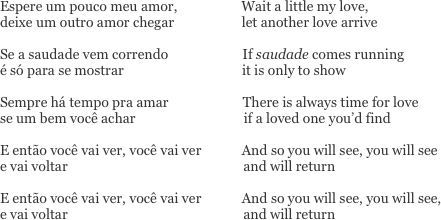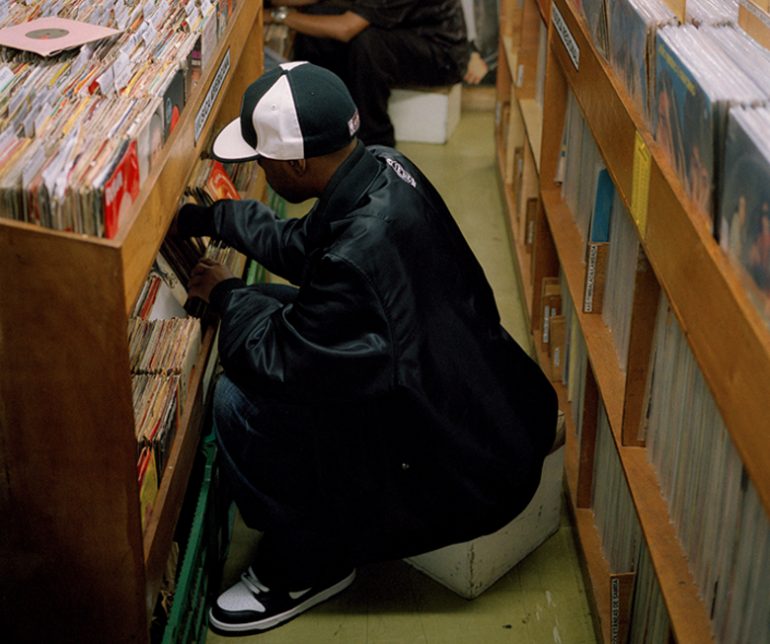Hip-hop has a long history of sampling material from all over the world. In the 1990s, hip-hop started to expand the crate-digging pool to different corners of the world and the musical material of Brazil started playing a substantial role in providing hip-hop artists with new and unknown inspiration. One of those artists, known widely for his sampling practice, is producer J Dilla or Jay Dee. In the liner notes of the album Welcome 2 Detroit from 2001, he describes how he got interested in Brazilian music: “I fell in love with Brazilian music the day I listened to a Sérgio Mendes album. We used to have jam sessions in the studio after work was done, (and) one day my man Karriem Riggins came through. I asked him for ‘Bossa nova’. He gave me exactly what I needed” (Dilla, liner notes Welcome 2 Detroit).
Welcome 2 Detroit showcases his bossa nova inspiration in two tracks: Brazilian Groove and Rico Suave Bossa Nova – both taking inspiration from a Brazilian and Brazilian inspired song (funnily enough almost from the same period): “Brazilian Rhyme” by Earth Wind and Fire (1977), and “Cidade Vazia” by Milton Banana (1976).
However, Dilla had already made various beats with Brazilian music. With his collective Slum Village, he recorded a track in 1997 called “I Don’t Know” – using material from Brazilian guitar player Baden Powell – which was to be released in 2000. A year earlier J Dilla produced a track for rapper Mad Skills that sampled “Boa Palavra”, arguably the earlier mentioned music he fell in love with – as it’s a song by Sérgio Mendes, from the album My Favorite Things (1968).
Dilla’s most known beat, he made in 1995, in a collaboration with the west-coast hip-hop group The Pharcyde. “Runnin’” turned out to become one of the hits on the album Labcabincalifornia, using a sample of the song “Saudade Vem Correndo” by American saxophone player Stan Getz and Brazilian guitarist Luiz Bonfa (at 2 min 05).
So how exactly does Dilla use this Brazilian sample in his new beat, and what consequences does this have for the music and its meaning?
A striking similarity, or maybe better said, continuity between both songs lies on a textual level. Both in title and in text “Runnin’” can be interpreted as referring back to its original, of which the translated title is: ‘Saudade’ comes running. Saudade is a Portuguese word without a direct translation in English, generally related to a state of nostalgia or melancholic longing for something or someone. The only lyrics of “Saudade Vem Correndo” are sung once:

Here, running relates to something that comes towards the addressed person. In the context of Pharcyde’s “Runnin’”, the verb applies to the main character and his statement that he cannot keep running away for his problems at school, as the refrain of “Runnin’” repeats the sentence: “Can’t keep runnin’ away” (for full lyrics click here).
Although the verb running thus acquires a different meaning in its new form, it is interesting that the hip-hop track references – at least partly – its inspirational bossa nova source. It begs the question if J Dilla or one of the Pharcyde’s members knew or looked up what the Portuguese title meant and deliberately referenced the original’s title. On the other hand, the way “Saudade Vem Correndo” is credited on the album Labcabincalifornia does not express much interest in the original record:
“ ‘Runnin’ contains samples from ‘SAUDADE VEM CORRENDO’ (Bonsa/Toledo) [sic] as recorded by the Stan Getz Jazz Samba Encore, under license of Polygram Special Markets” (Liner Notes Labcabincalifornia).
First of all, the title of the original is spelled wrong, as well as the guitarist’s last name. Secondly, in this way of crediting it seems as if “the Stan Getz Jazz Samba Encore” is the recording artist or group, while it is actually the name of only one of the recording artists (Stan Getz) and the album title (Jazz Samba Encore) mixed together.
What is clear however, is that J Dilla had a genuine interest the musical material of Brazil. Through this interest, he positioned Brazilian music and records as an important source of inspiration, setting an example to other hip-hop artists such as J Rocc, Cut Chemist, Ugly Duckling, and De La Soul – amongst others. And finally, 10 years after the release of his main Brazilian beat, he actually gets to travel there: “At that time, we were making Brasilintime. So I’m like, fuckin’ [Dilla is] the first person to sample a Brazilian record. The first dude [in hip-hop] to be feeling that shit – to make [Pharcyde’s] “Runnin’.” Let’s totally do it, let’s get Dilla to Brazil. Like that’s huge. In our world that’s like, wow, some kind of circle has been completed somehow.” (Brian Cross on Egotripland)
Written By Anneke Van Woerden

